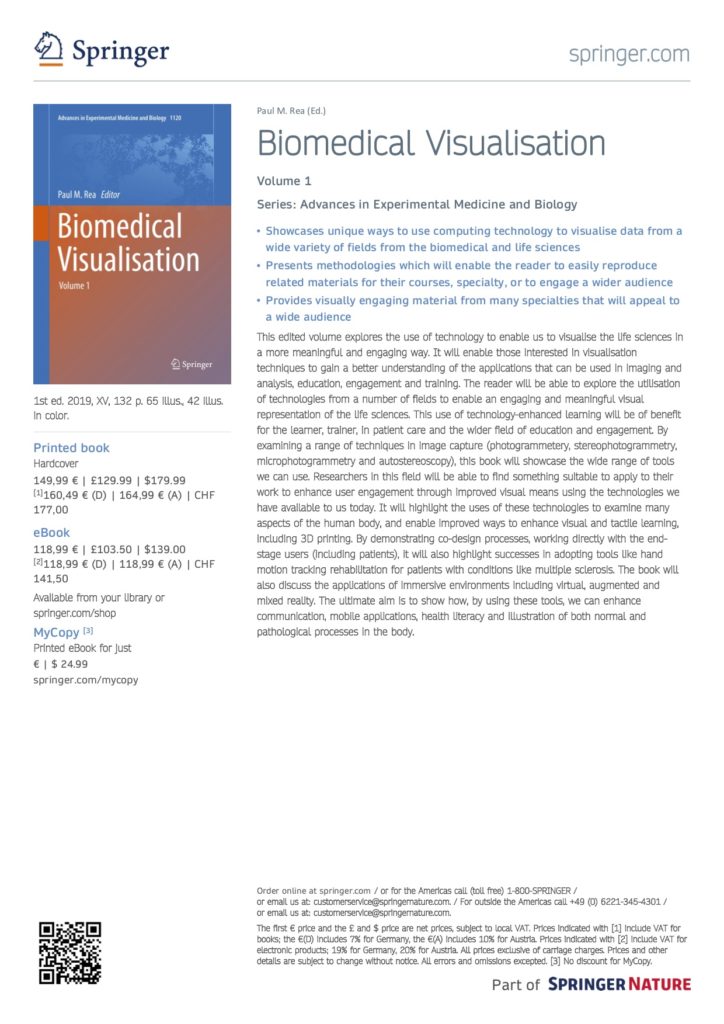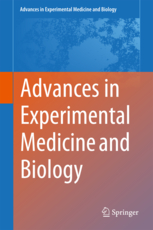Visualising Medical Heritage and Virtual Reality
Thursday 23rd May, 6.30pm
Our Visualising Medical Heritage Project brings medical history to life and enables enhanced access to our museum collection through cutting edge visualisation technology. Join us for a series of events where we will explore the different potentials of visualisation, combining medical history, science and the creative arts.
This workshop looks at the wonderful world of VR. From 3D digital modelling to VR headsets and Minecraft, find out how new technologies are helping us to bring our medical heritage to life.
We’ll also be joined by Holoxica Ltd and The School of Simulation and Visualisation at the Glasgow School of Art – they’ll be demonstrating some amazing, new technologies which explore imaginative uses of 3D digital visualisation and interaction technologies.
The event starts at 6:30pm and is suitable for adults and children 12+
Venue: Royal College of Physicians and Surgeons of Glasgow
Book here – https://rcpsg.ac.uk/events/HERITAGEVMH230519-2019-05-23-121
Our Visualising Medical Heritage project is supported by Museums Galleries Scotland.




